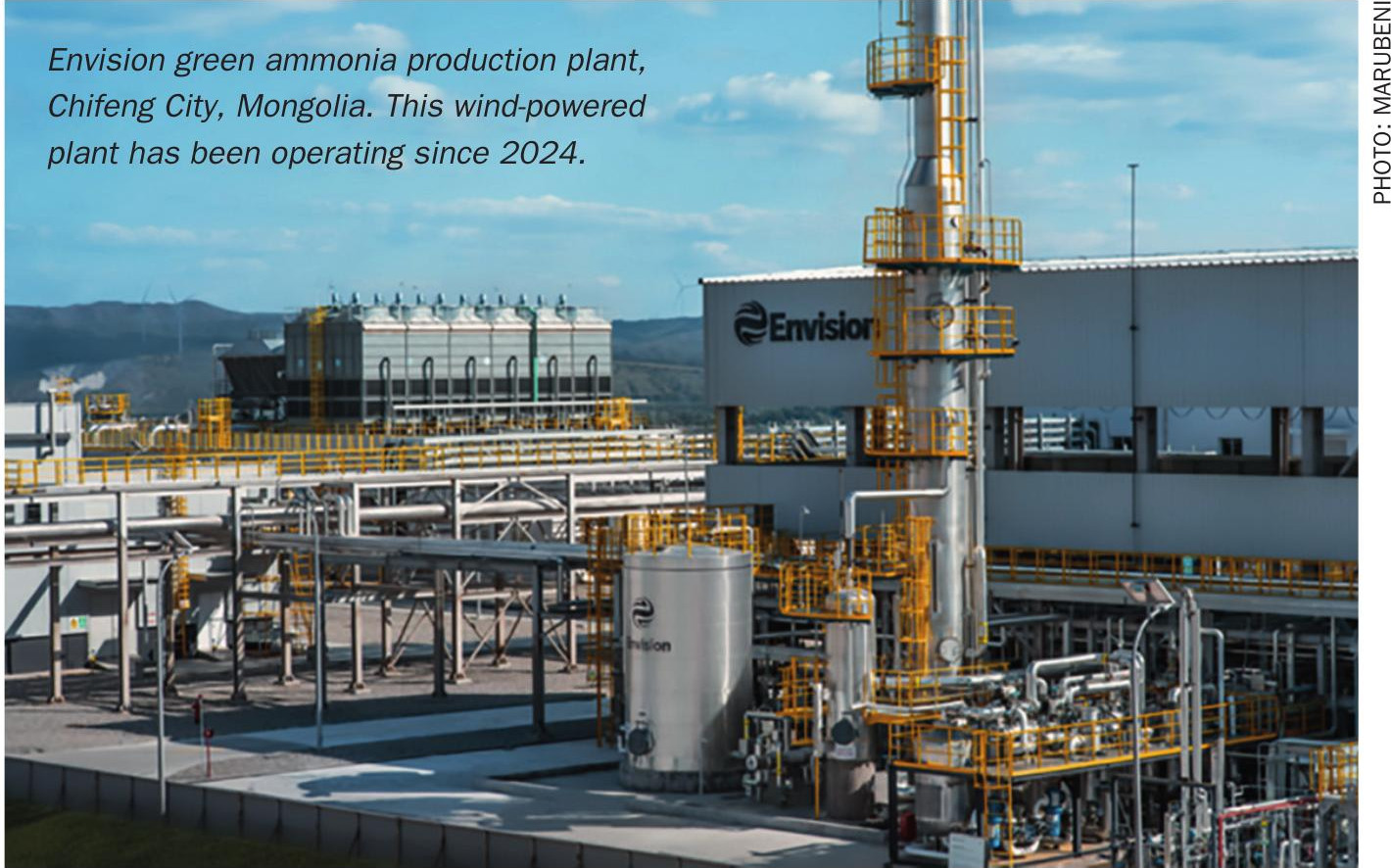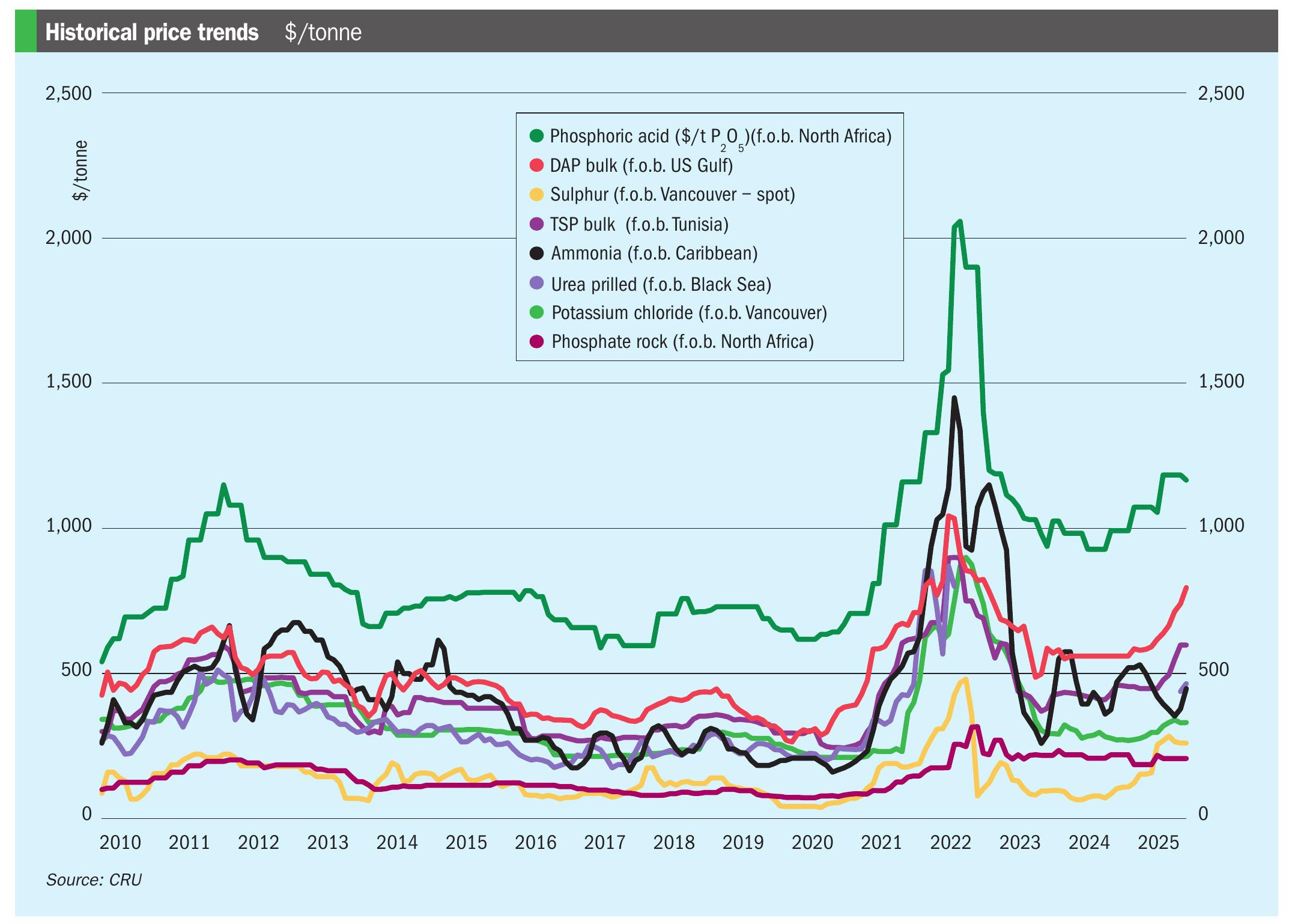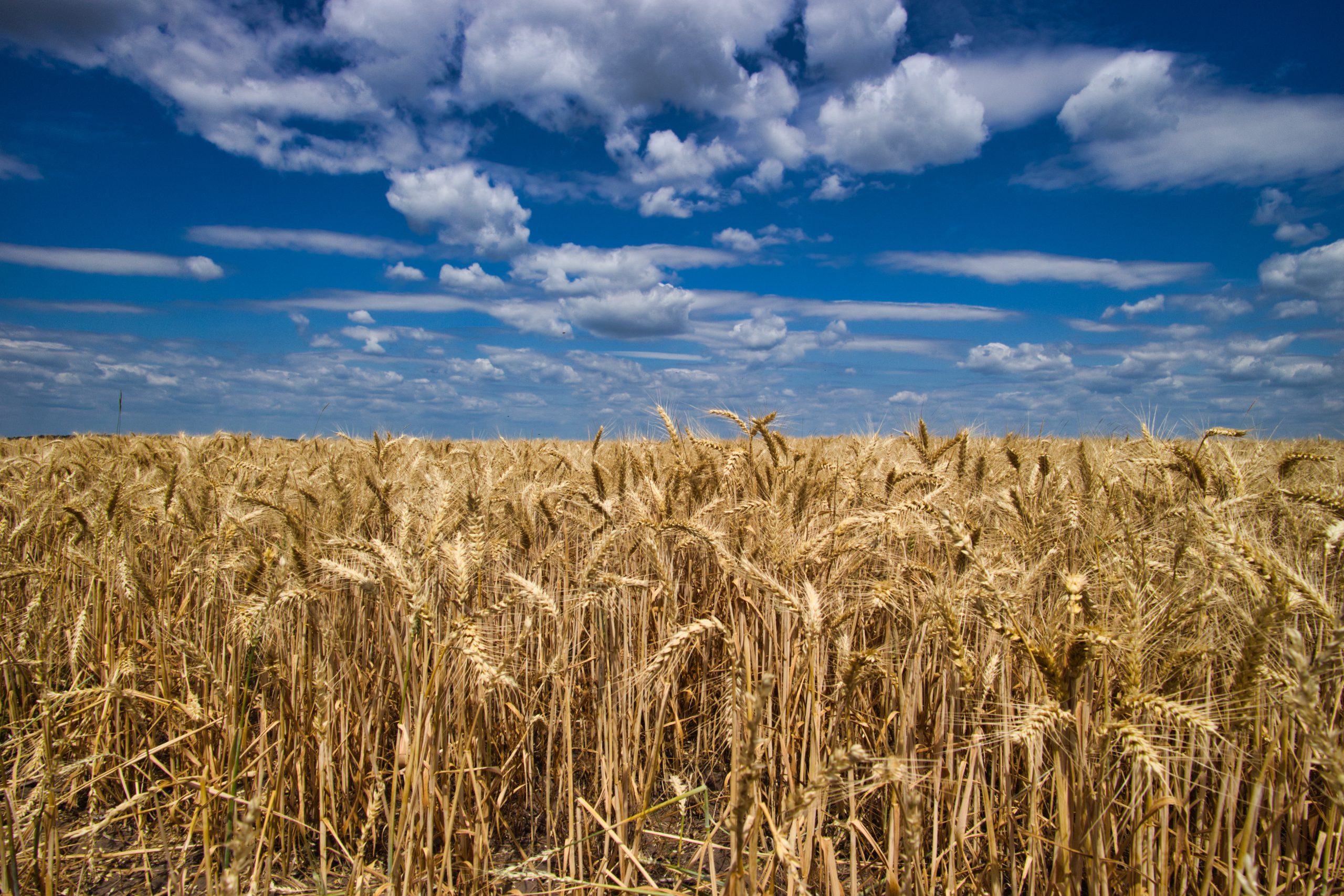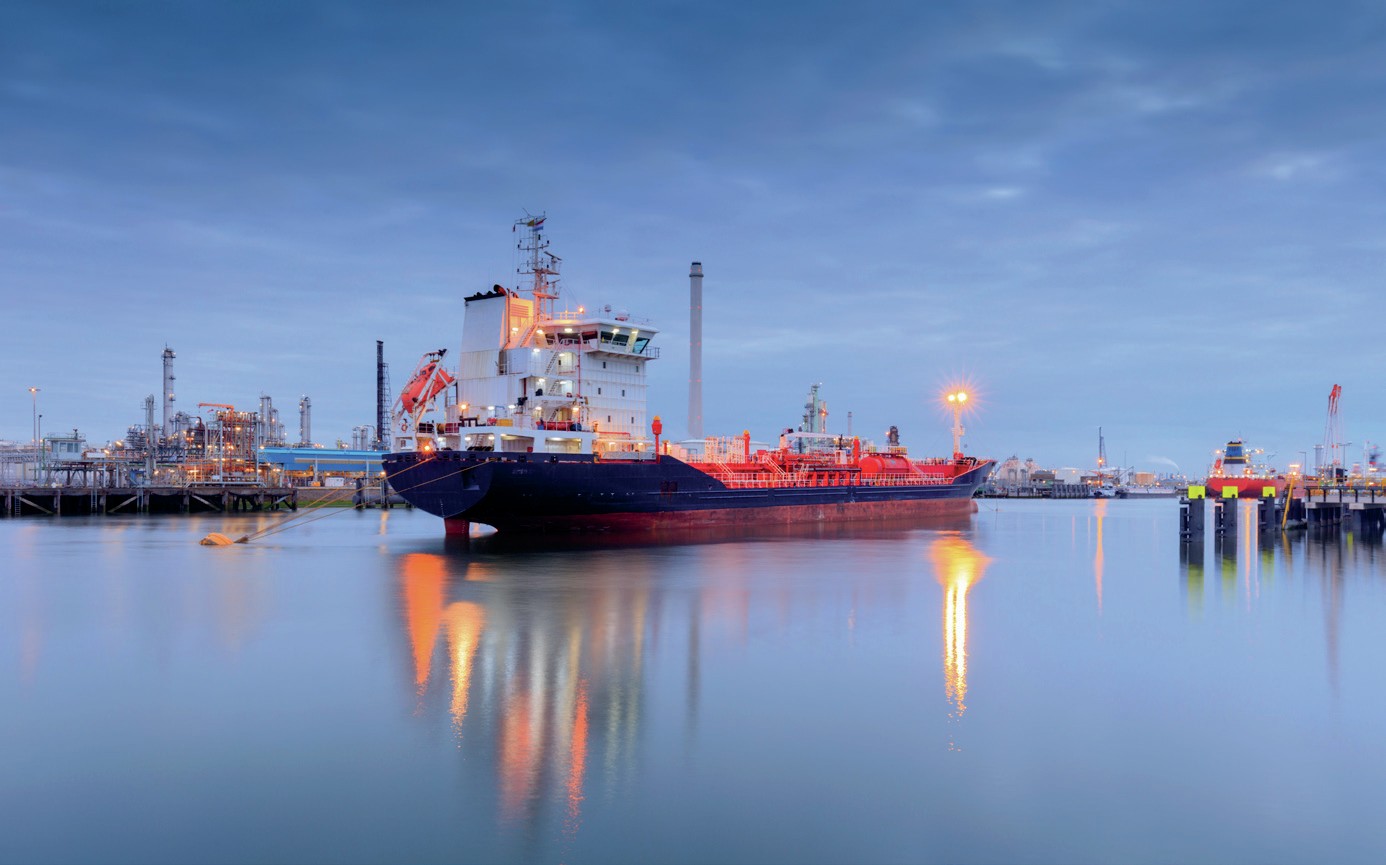Sulphur 409 Nov-Dec 2023

30 November 2023
Sulphur 409 Nov-Dec 2023

30 November 2023

Globally, operational renewable ammonia projects have exceeded one gigawatt (GW) of installed electrolyser capacity for the first time. Kevin Rouwenhorst of the Ammonia Energy Association (AEA) provides an overview of well-advanced projects and the associated technology options for ammonia synthesis.

Price trends and market outlook, 23rd October 2025

While sulphuric acid production is dominated by sulphur burning or metallurgical acid routes, pyrite roasting remains a niche sector, particularly in China.

Ukraine’s resilient fertilizer market has undergone an import-led revival following a calamitous collapse in consumption in 2022.

Smelter outages and tight concentrate markets ease an oversupplied market.